An updated patent filing published Wednesday suggests Apple is revisiting a pressure-sensing earphone design that promises to deliver higher quality sound by customizing output based on a user's ear size.
Apple's patent application for "Pressure sensing earbuds and systems and methods for the use thereof" makes a number of claim modifications to the original grant issued in 2011 by the U.S. Patent and Trademark Office, though both filings describe a system by which an earphone delivers optimized sound on a per-user basis.
Standard in-ear headphones, including Apple's EarPods, do not achieve an airtight seal with a user's ear canal, which in turn affects acoustics. While not technically a degradation of sound quality, and barring outside factors like ambient noise, an earphone's frequency response changes depending on how well it seals with surrounding skin.
To compensate when an earphone doesn't quite fit, Apple proposes a product capable of dynamically altering volume levels over a range of audible frequencies based on ear size. Instead of manually measuring a user's anatomy, the patent estimates dimensions informed by data from pressure sensors embedded in an earphone, earbud or over-the-ear headphone.
In some embodiments Apple calls for the use sensors made from a class of elastomeric material called Quantum Tunneling Composites. When force is applied to a QTC, its electrical resistance drops proportionally in known quantities, meaning said force can be measured. Other suitable sensors include piezoelectric or capacitive units.
Depending on earphone type, QTC pressure sensors are arranged in a pattern where they are most likely to come in contact with a user's ear. Measuring changes in force, or lack thereof, provides a rough estimation of ear size that can be used to process volume output. In some cases, the system constantly refreshes pressure readings to dynamically adjust levels.
To ensure an earphone delivers a consistent audio experience for different size ears, an onboard processor matches incoming pressure data with an index of optimal aural profiles, attenuating output to achieve the desired frequency response. This library allows for either general "small, medium, large" adjustments or fine tuning, depending on system sensitivity and user preference.
As for Apple's claim changes, the company is now protecting embodiments covering occluding (sealed) earphones and over-the-ear headphones where it previously only claimed non-occluding earbuds. While not proof that such a product is nearing market, the tweak in wording opens the door to speculation, especially considering Apple's purchase of headphone maker Beats.
Apple's pressure-sensing earphone patent application was first filed for in May 2015 and credits Jonathan Aase as its inventor.
 Mikey Campbell
Mikey Campbell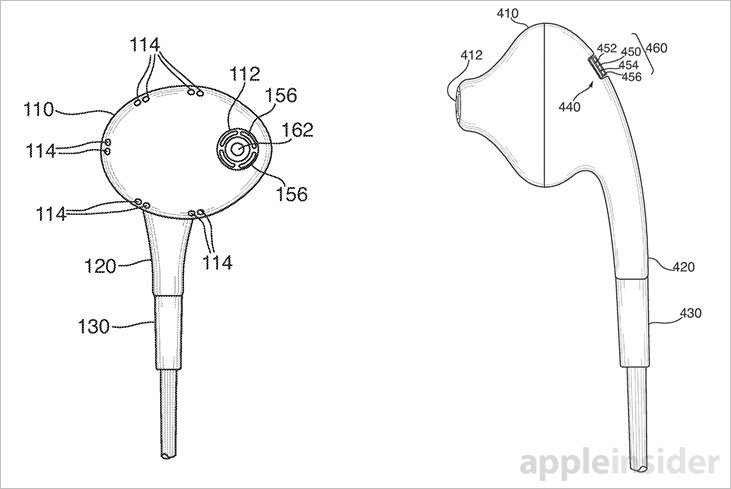

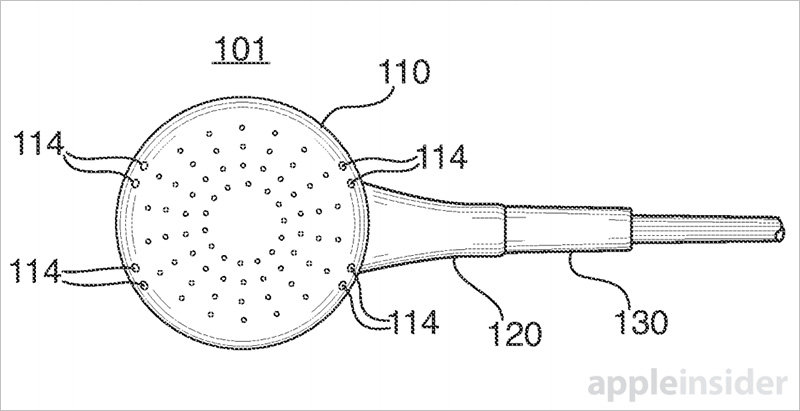
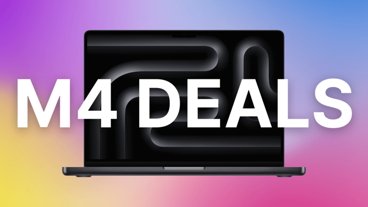

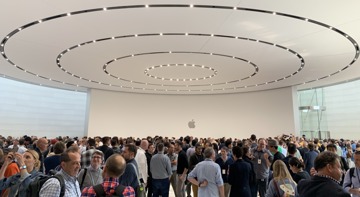
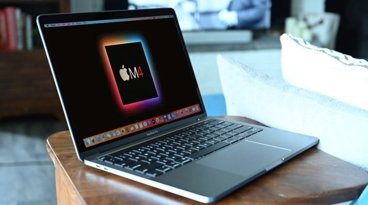
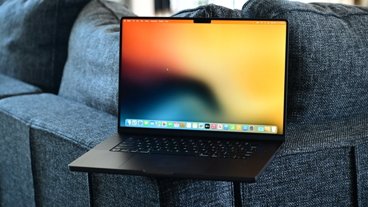

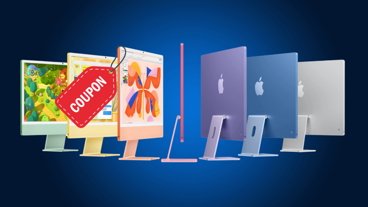






 David Schloss
David Schloss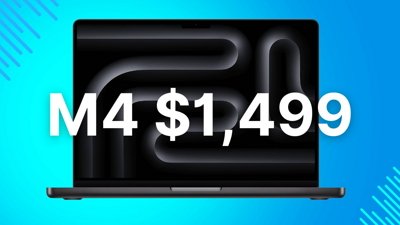
 Christine McKee
Christine McKee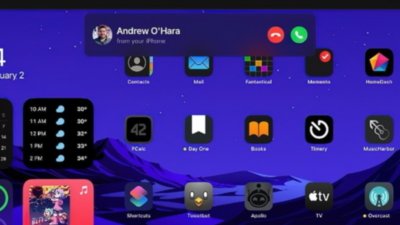
 Amber Neely
Amber Neely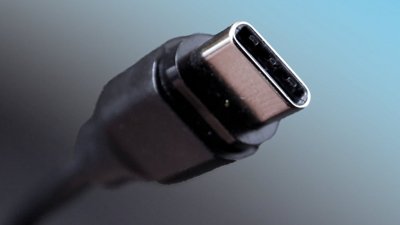
 Malcolm Owen
Malcolm Owen
 Andrew O'Hara
Andrew O'Hara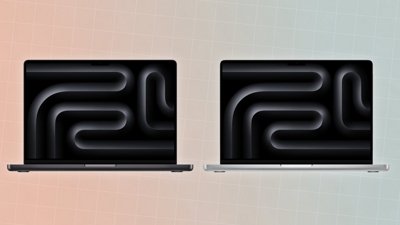
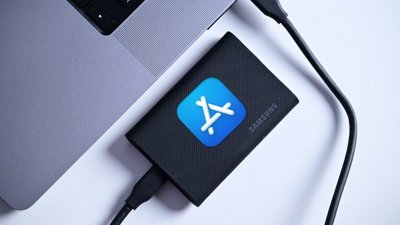
 William Gallagher
William Gallagher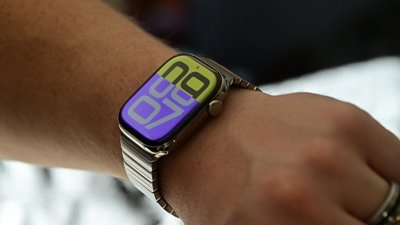
 Oliver Haslam
Oliver Haslam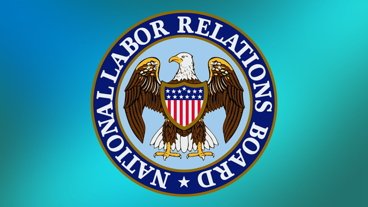


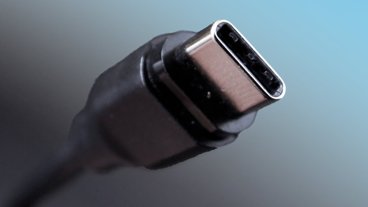
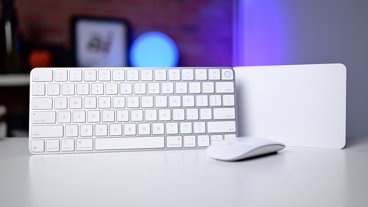
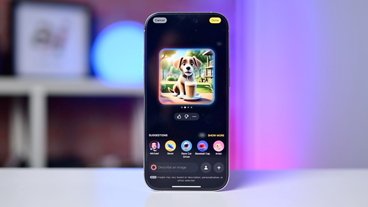
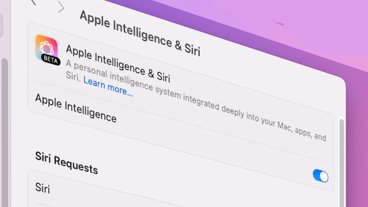
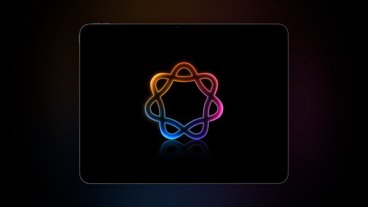

11 Comments
This will be interesting. I actually like the quality of the EarPods, they're much better than prior buds.
I've always been fascinated with Apple's efforts in this space. Its one of the few areas where they have a harsh price ceiling and need to innovate as much as possible within it. How to make the best pair of $20 headphones on the planet. They sound better than some $99 sets.
Personally I've moved on to a fascinating set of Lightning headphones made by Phillips...but I always appreciate having the EarPods nearby as well.
As long as I am in quiet surroundings, I am actually pretty amazed with the sound of the present EarPods.
But I will always welcome improvements.
I love my EarPods and also would welcome a more sealed in-ear version. I've bought lots of headphones and you have to spend at least $200 to get something that sounds better. For $25, EarPods are a ridiculously good pair of earphones. Totally underrated.
There are still companies out there worth acquiring which make quality headphones. Beats need not be the last one.